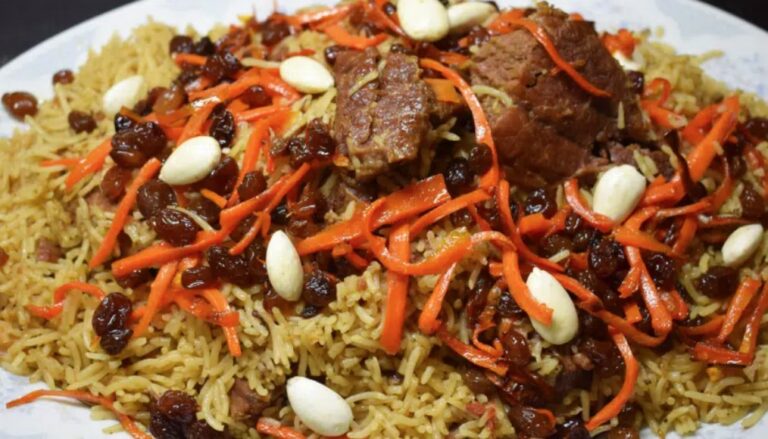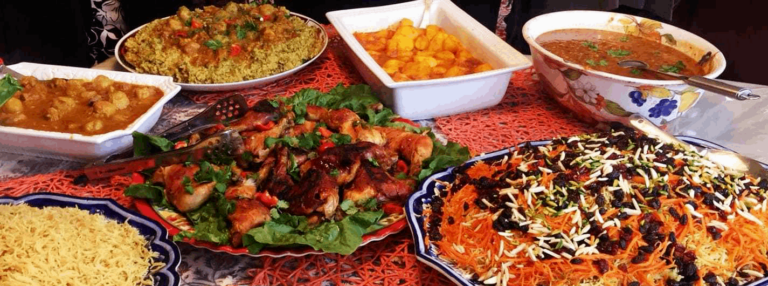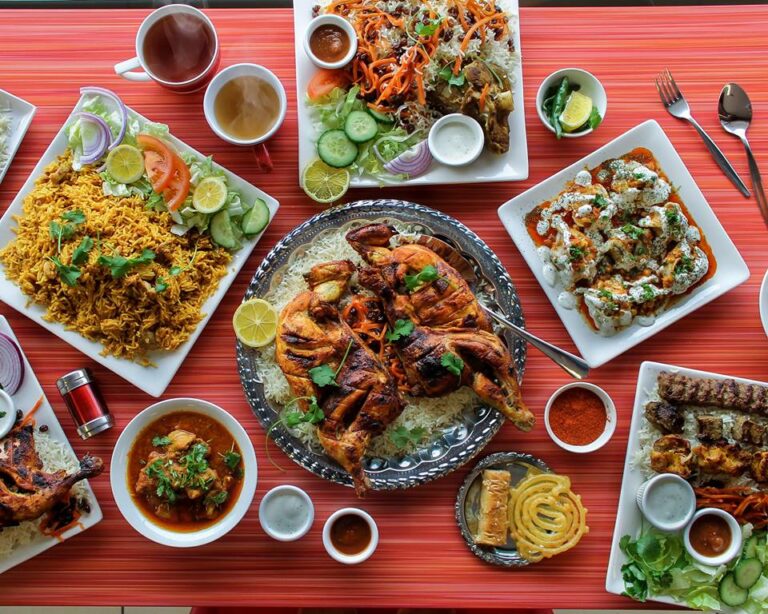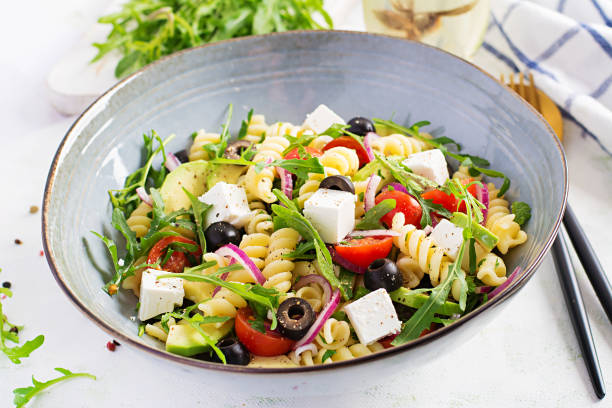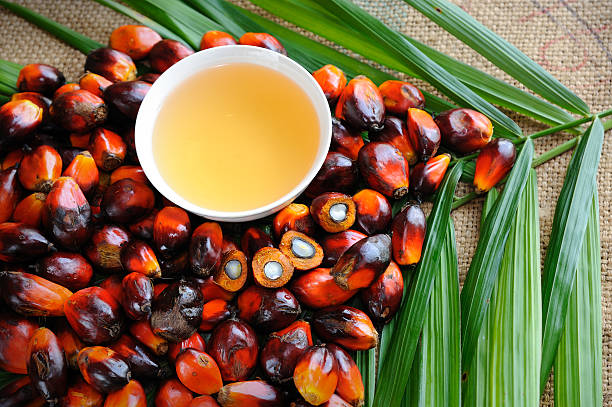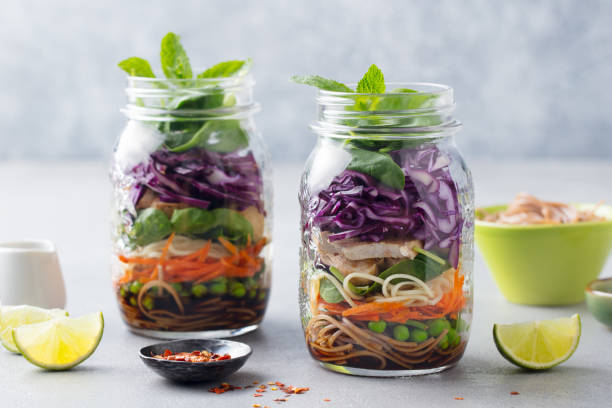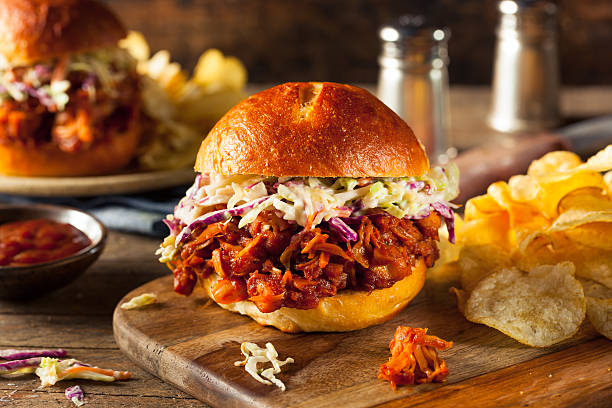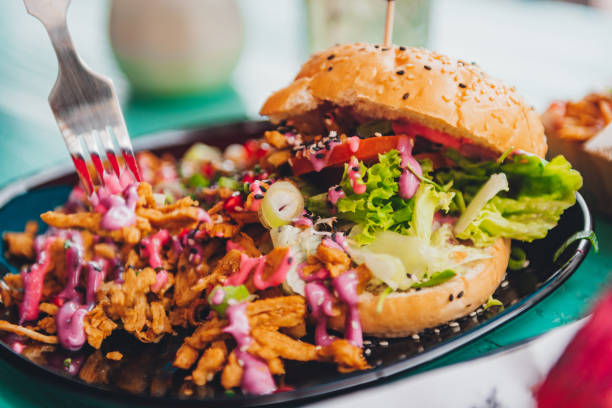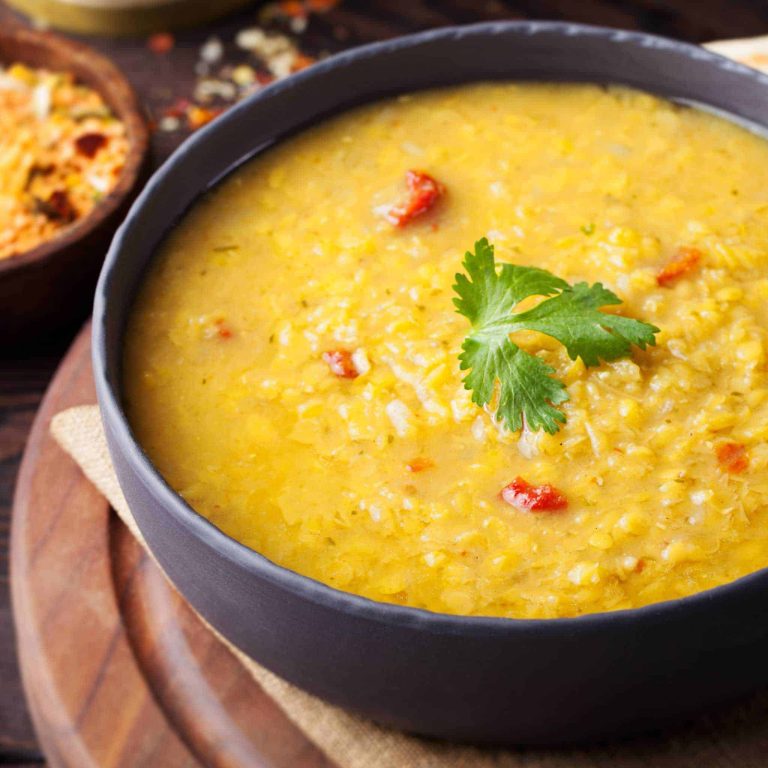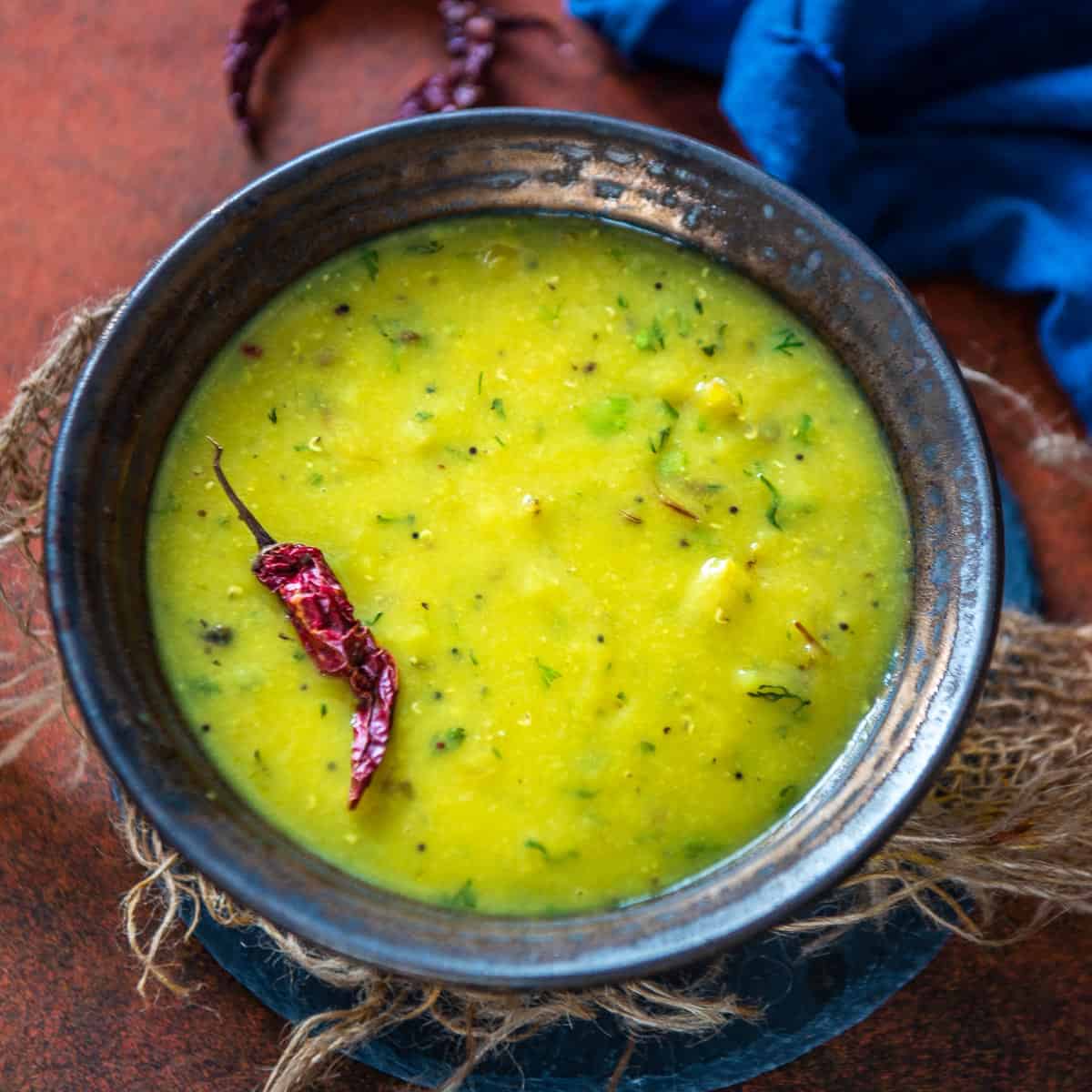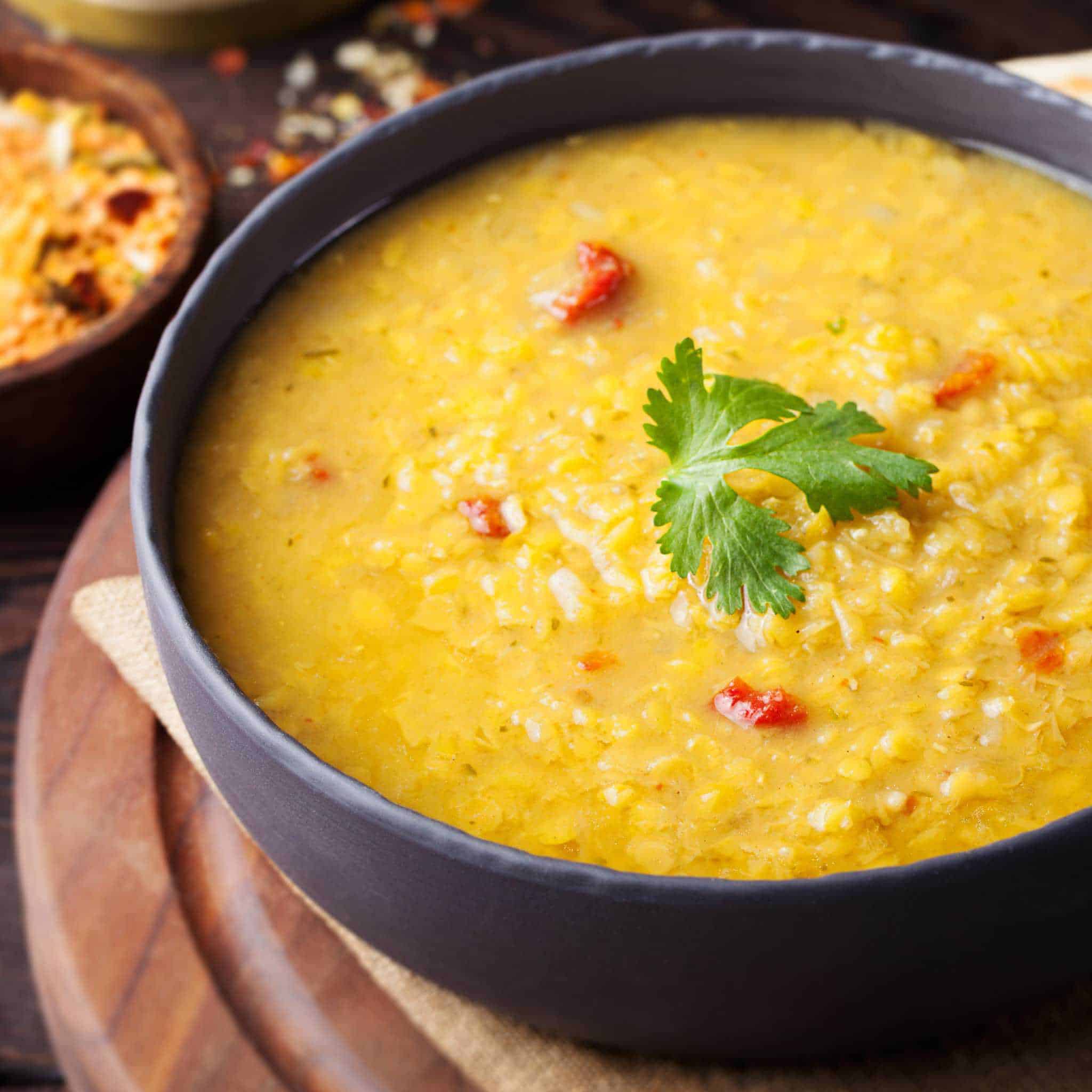Introduction: Exploring Afghan Street Food
Afghanistan is home to some of the most flavor-rich and unique street foods in the world. The country’s cuisine is characterized by the use of fresh herbs, fragrant spices, and succulent meats. Afghan street food is not only delicious but also reflects the country’s rich cultural heritage. From the bustling streets of Kabul to the southern city of Kandahar, the culinary scene is diverse and exciting. In this article, we’ll explore some must-try Afghan delicacies that are guaranteed to tantalize your taste buds.
Kabul: The Heart of Afghan Cuisine
Kabul, the capital city of Afghanistan, is the heart of Afghan cuisine. The city’s bustling streets are filled with food vendors selling a variety of street food delicacies. One of the most popular street foods in Kabul is the fried dumplings known as ‘sambosas.’ These savory treats are filled with spiced minced meat or vegetables and deep-fried to perfection. Another must-try street food in Kabul is the ‘chelo kebab,’ which consists of juicy marinated meats grilled over open flames and served with fragrant rice and fresh herbs.
Kandahar: A Haven for Meat Lovers
Kandahar, located in the southern region of Afghanistan, is a haven for meat lovers. The city’s street food scene is characterized by its succulent grilled meats and hearty stews. One of the most popular street foods in Kandahar is the ‘tikka kebab,’ which consists of succulent chunks of marinated meat grilled over charcoal. Another must-try street food in Kandahar is the ‘qabili palau,’ which is a rice dish made with succulent lamb meat, carrots, and raisins.
Bolani: The Stuffed Flatbread Delight
Bolani is a popular street food in Afghanistan that can be found in most cities. It is a stuffed flatbread that is typically filled with mashed potatoes, onions, and fresh herbs. The bread is then fried or baked until golden brown and served hot with a side of tangy yogurt dip. Bolani is a perfect snack or appetizer, and it’s a must-try street food in Afghanistan.
Mantu: Afghan Dumplings with a Twist
Mantu is a popular street food in Afghanistan that consists of steamed dumplings filled with spiced minced meat and topped with a tomato-based sauce. This dish has a unique twist – the dumplings are typically topped off with a dollop of tangy yogurt and sprinkled with dried mint. Mantu is a must-try if you’re looking for a unique and delicious street food experience.
Kabuli Pulao: The King of Rice Dishes
Kabuli Pulao is the king of rice dishes in Afghanistan. It’s a fragrant and flavorful dish made with basmati rice, tender lamb meat, and a variety of aromatic spices. The dish is served with a side of sweet caramelized carrots, raisins, and nuts. Kabuli Pulao is a must-try if you’re looking for a hearty and delicious street food experience.
Ashak: The Vegetarian Delight from Kabul
Ashak is a vegetarian delight from Kabul that is made with delicate steamed dumplings stuffed with leeks, scallions, and fresh herbs. The dumplings are then topped off with a tangy yogurt sauce and garnished with a sprinkle of ground beef or lamb. Ashak is a must-try if you’re looking for a unique and delicious vegetarian street food experience.
Conclusion: Savoring the Flavors of Afghanistan
Afghanistan’s street food scene is rich and diverse, with a variety of unique and delicious dishes to try. From the hearty meat dishes of Kandahar to the vegetarian delights of Kabul, there’s something for everyone. So, the next time you find yourself in Afghanistan, be sure to explore the country’s street food scene and savor the flavors of this rich and vibrant cuisine.

